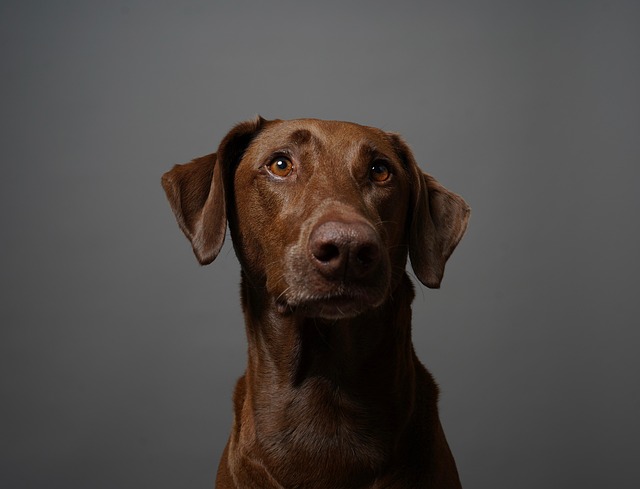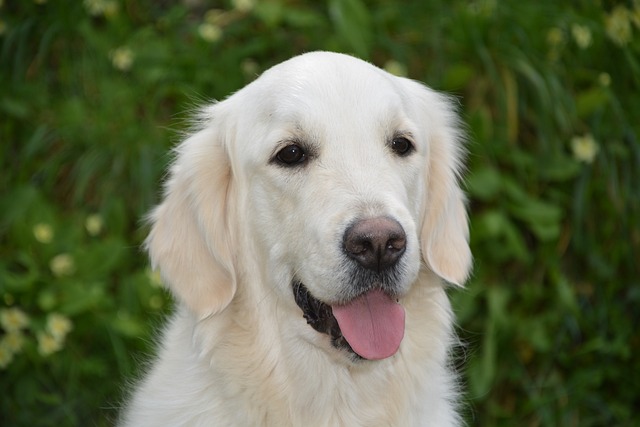If you’ve ever watched a dog sail over jumps or zip through weave poles at an agility trial, you’ve probably thought, “When will my pup do that?” The truth is, there’s no one-size-fits-all answer. How long agility training takes depends on your dog’s age, breed, and even their personality. Think of it like teaching a kid to play soccer—some pick up dribbling in weeks, others need months to feel comfortable. What matters most? Going at their pace to keep it fun and safe. Veterinarians warn that rushing can lead to sore joints or fear of obstacles, so patience isn’t just kind—it’s smart.
For puppies (under a year old), training starts with “playful basics,” not full courses. Around 8 to 12 weeks, you can introduce tiny challenges: letting them sniff a low hurdle, crawl through a cardboard box (a DIY tunnel), or step onto a soft mat. These 5-minute daily sessions build confidence and body awareness. My neighbor in Austin has a cocker spaniel pup who took 10 weeks to stop hesitating at the “tunnel”—now she races through for a peanut butter treat. Small breeds like Yorkies often catch on faster here; their light frames make low obstacles less scary. Big pups, like Great Danes, need more time to coordinate their long legs—rushing them could strain growing joints. And if you join a group class? Make sure your pup’s vaccines are up to date—rabies shots are required by law in every U.S. state, and trainers won’t let unvaccinated dogs join. It’s not just a rule; it keeps all pups healthy.

With adult dogs (1 to 3 years old), you can step up to real obstacles, but progress still varies. High-energy breeds like border collies might master jumps and tunnels in 3 to 4 months with twice-weekly 15-minute sessions. Laid-back breeds, like bulldogs, might take 6 months—they’d rather nap than race, and that’s okay. The key is breaking skills into small steps. For example, teaching “weave poles” starts with 2 poles spaced far apart; once your dog walks between them, add a third, then narrow the gap. My friend’s 2-year-old pit bull mix took 5 months to get the hang of it—she’d get confused and loop around, but lots of praise (and chicken treats) kept her going. If you live in an apartment, turn your living room into a mini-course: use dining chairs as “weave poles” or a folded blanket as a low jump. Just stick to daytime sessions—no one wants a 9 PM hurdle-crash racket from their neighbor.
Truly fluent agility—where your dog moves through a full course smoothly, following your cues—usually takes 6 months to a year after mastering individual obstacles. It’s normal to hit plateaus. My cousin’s golden retriever stalled at 8 months, refusing the seesaw. They took a week off to play fetch, then tried again—he nailed it in two sessions. Never yell or push your dog through an obstacle; not only does it ruin the fun, but in states like California, physical punishment can break animal welfare laws. And when training in public parks? Pack extra poop bags. In Chicago, forgetting to clean up can cost $100, and it’s just good neighborly sense—no one wants to step in that.
Agility training is about the journey, not the finish line. Whether your dog takes 6 months or 2 years, the tail wags and the bond you build? That’s the real win.






